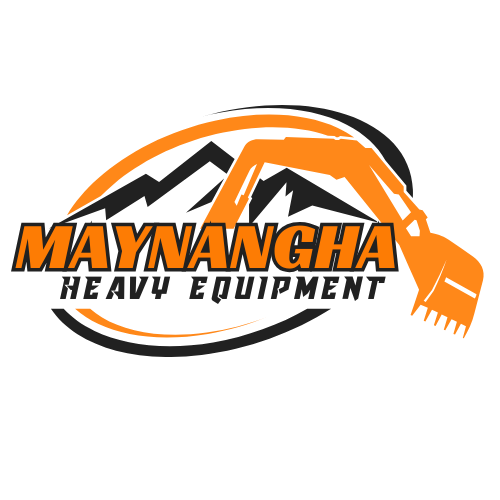# Crack the Code to Google Indexing Success
Having your pages indexed is essential if you want to rank in search results. Search engines can’t show what they don’t know exists. This article, we’ll cover everything from the basics to advanced techniques to ensure your pages get noticed.
Whether you’re a content creator, understanding how indexing works is the first step to attracting traffic. Let’s dive in and demystify SEO indexing.
# What is SEO Indexing?
Indexing is the process where search engines store your web pages in their database. Unindexed content is useless for SEO purposes. The indexing process usually begins with crawling, where bots scan your page. Then the page is analyzed and, if deemed valuable, indexed.
# How to Check if Your Page is Indexed
To check if a page is indexed, simply search on Google using “site:yourdomain.com/page-url”. If the page appears in the results, it’s indexed. Google Search Console provides direct indexing status. Just paste your URL into the inspection tool.
# Blocked From Google? Here’s Why
There are many reasons a page might not be indexed:
- You accidentally used the noindex directive
- Robots.txt is blocking Googlebot
- Google can’t find orphaned pages with no links
- Google doesn’t index shallow content
- It’s a brand new page
# Force Google to Index Your Site
If you want your content indexed quickly, here are the steps you can take:
- Use the URL inspection tool to request indexing
- Create pathways for bots to find the page
- Distribute links to encourage crawling
- Ensure your XML sitemap includes the new page
- Avoid using noindex tags or blocked resources
# Automation for Index Tracking
You don’t have to do this manually:
- Primary tool for URL inspection and index coverage
- Screaming Frog: For crawling your site and analyzing tags
- These offer deeper insights over time
- Indexation reports in Rank Math or Yoast SEO plugins
# Pro Tips for Full Index Coverage
Once you’ve covered the basics, these advanced tips can help:
- Rich snippets can help indexing and rankings
- Avoid index bloat from weak content
- Reduce crawl waste with better architecture
- Fix soft 404 errors and canonical mismatches
- Create separate sitemaps for blogs, products, etc.
# What Should You Keep Out of the Index?
Google doesn’t need to index everything:
- User dashboards and backends
- Thank you pages and redirects
- Duplicate or filtered category pages
- Add noindex and password protection
Keep critical content open while hiding the rest.
# Conclusion: Don’t Skip This Step
Think of indexing as the entry ticket to search traffic. Combine crawlability with quality for best results. Use tools, monitor your site, and stay proactive.
Still stuck? Drop your URL into Google Search Console and start there.
Read more: stck.me
